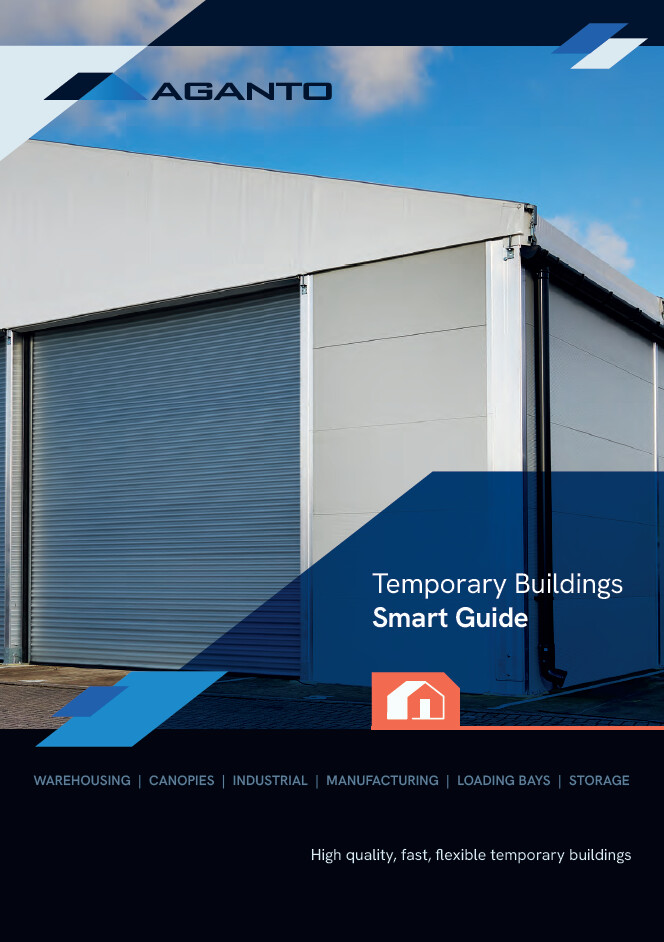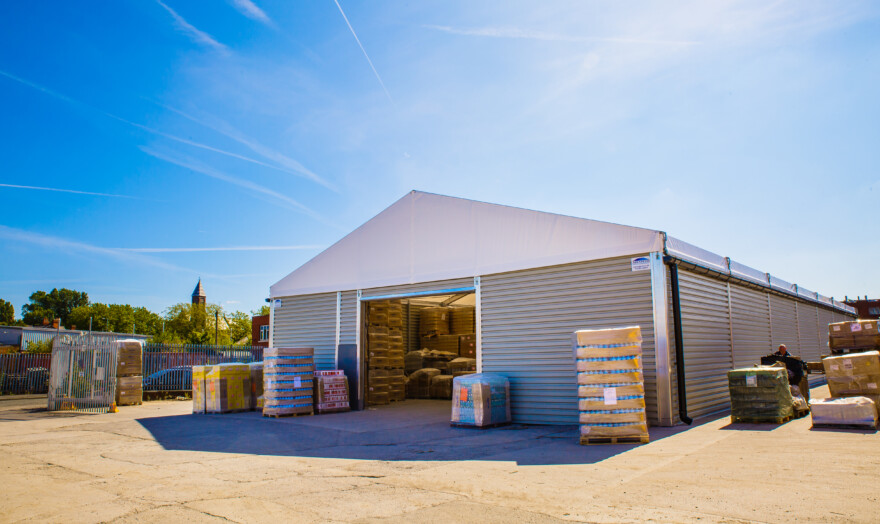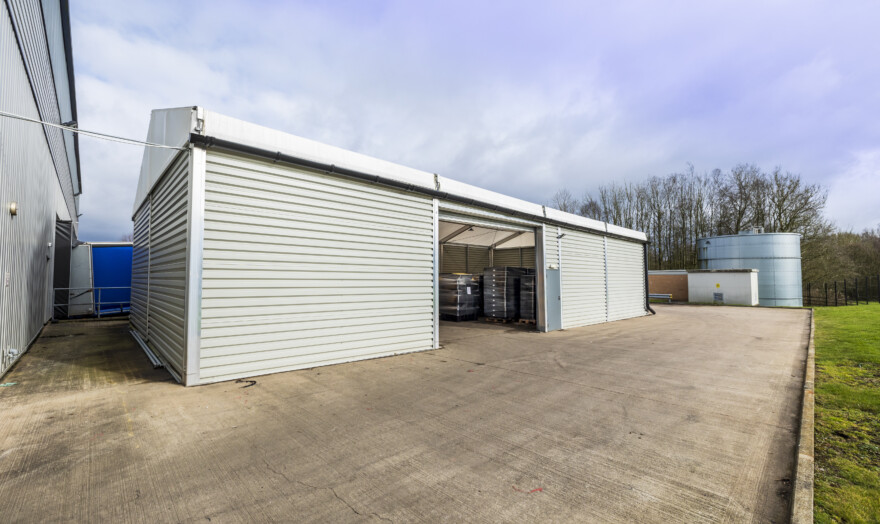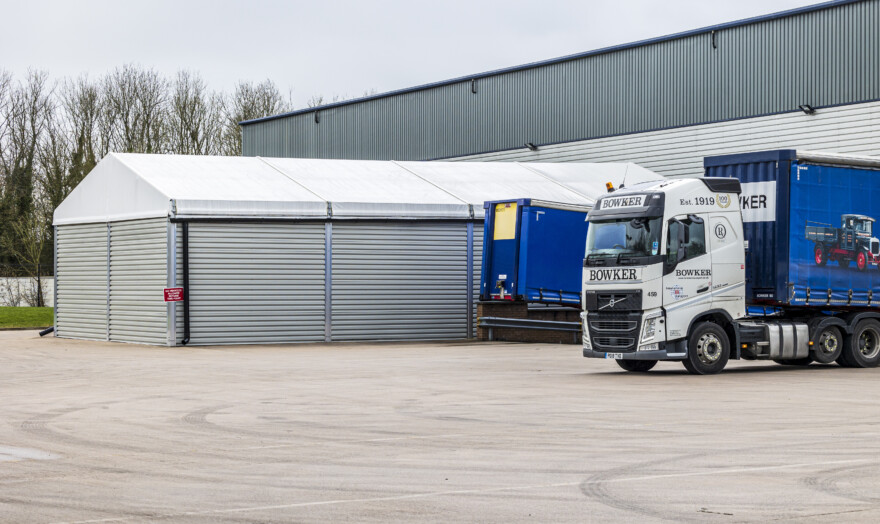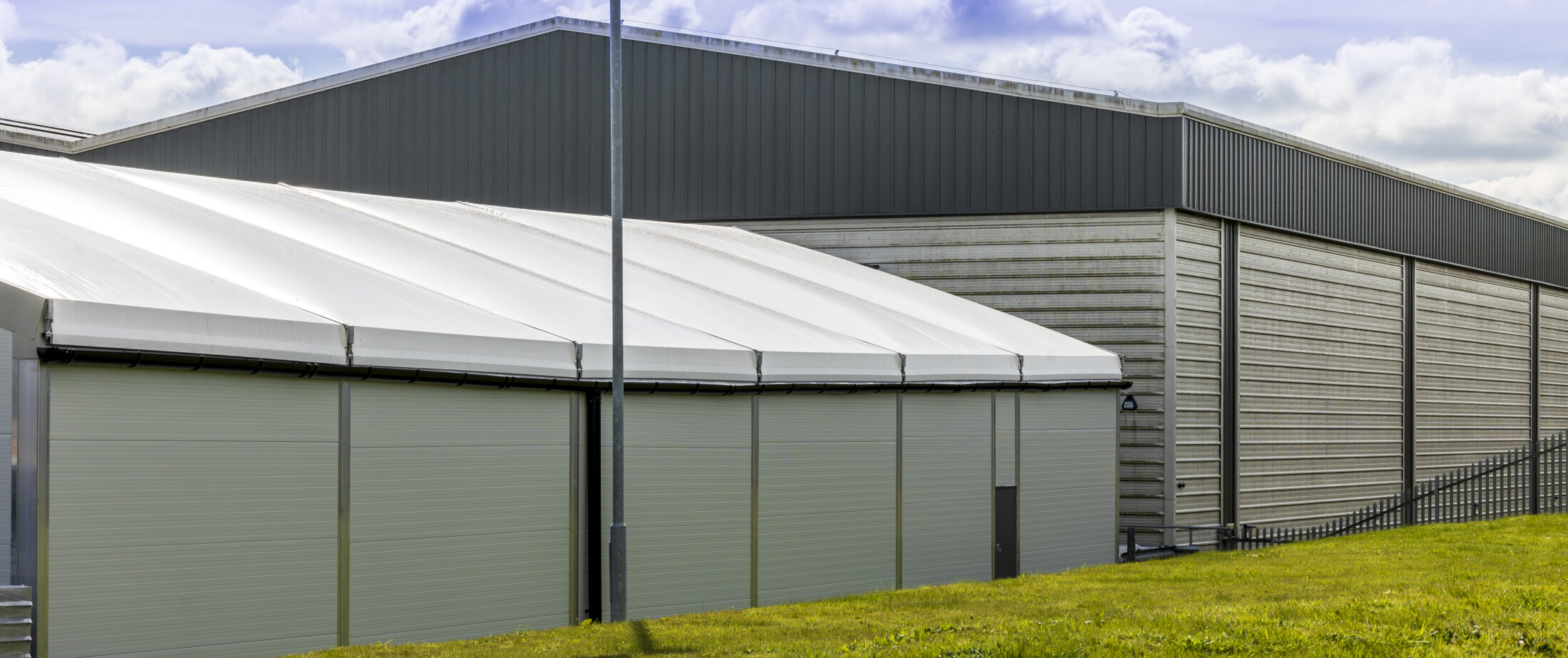
2 min read
Do I need planning permission for a temporary building?
Temporary buildings are becoming the future of modern construction. Businesses are choosing modular temporary structures over traditional builds because of their affordable, versatile and time-saving qualities. This investment in temporary buildings has created conversation around planning permission and whether it is possible to install a new structure on-site without it.
However, if you are hiring or purchasing a temporary building for your business, this is a requirement you will need to consider if you want to avoid any unexpected penalties. The consequences of proceeding to build without local authority granting permission can lead to hefty fines, but Aganto can help you with the planning permission process.
This quick guide aims to help you navigate the world of building regulations by answering the question do I need planning permission for temporary structures? We help to provide an overview of the process for obtaining temporary building planning permission so you know how to get the necessary support and begin your application without a doubt that you are following the correct process.
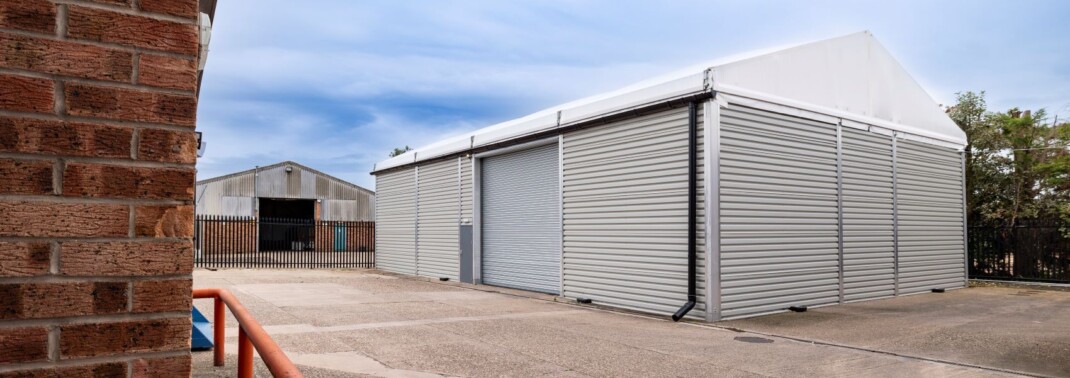
When do I need planning permission?
It is important to recognise that not all temporary structures will automatically require planning permission. However, in most instances, seeking advice from specialists is a good place to start. At Aganto, we've established a close partnership with the planning experts at Mosaic Town Planning. Their knowledgeable team can help you navigate all areas of the planning process, so you know that your application is in safe hands. If you’re uncertain about any aspect of obtaining planning permission for your build, then don't hesitate to reach out we will be happy to help point you in the right direction.
If you're looking for some quick guidance as a general rule you will require planning permission for your new temporary structure if:
- The structure will be in use beyond 28 days
- The structures floor space is more than 100m2
- The structure will occupy more than 25% of the entire site area
- The structure is closer than 5m away from the site boundary
- The structure is taller than your current build
- The structure will materially alter the exterior of the existing build
- There is a restriction on vehicle parking and maneuvering
- The existing original build has had any extensions or alterations
Are there any exemptions?
If your project doesn’t align with the criteria listed above, then you’re more than likely exempt from needing to obtain planning permission. However, we recommend that in cases of uncertainty, it is always best to get advice from a planning expert before you consider taking any further steps.
If permitted development rights are applicable to your building, they can often provide flexibility for making changes to certain types of structure without always needing to make a planning application. It's important to note, that there are exceptions to the coverage of these rights in certain areas. Most notably, designated conservation areas or Areas of Outstanding Natural Beauty as these will often need special consideration. If you are building in these regions, it may cause the automatic entitlement to permitted development rights to be removed. This means that at certain times you may need to speak with your local planning authority prior to carrying out any permitted development.
Doing your research on these exemptions and limitations is crucial to avoiding unnecessary complications when starting your build. Speaking with experts who are well-versed in all areas of planning permission can provide you with invaluable insights. At Aganto we can help you take proactive measures when it comes to planning in order to ensure that your project aligns with any necessary legal requirements.
Can I get retrospective planning permission?
Retrospective planning permission is a way for develpers to address oversights or deviations from planning regulations that occur during construction. It is simply the formal process of submitting a planning application after the completion of a development project that would have initially required approval. This approach is usually taken when a construction project has been started without prior authorization. Often the developers would then need to seek approval from local planning authorities in order for the project to be legitimate and not incur any penalties.Retrospective applications provide an avenue for developers to address and rectify instances where there has been a breach of planning regulations after construction has already commenced.
Your business may require a temporary building immediately under urgent circumstances, such as a building after fire damage. This may be one of a few circumstances where you would need to apply for retrospective planning. The local council usually grants genuine retrospective applications. However, it is recommended that a strong planning case from a specialist is submitted to avoid refusal. It's important to remember that a retrospective planning application will be treated exactly the same way as a regular application meaning that it will be carefully considered and could be turned down. If it's not an emergency and you have time to submit an application before your temporary structure is built then it's always best to have planning organised in advance to avoid any penalties.
How long does it take to get planning approval?
Generally, the decision-making process for a planning application can take anywhere from 8 to 13 weeks. However, the timeline for getting a planning application for a temporary building approved is often influenced by several key factors. This will normally include the initial size and complexity of the proposed development, as well as the location where you intend to build it. For example, if you would like to build a temporary structure in a conservation area or area of outstanding natural beauty then there may be more considerations that are taken into account at the planning stage. Most of the time this is due to the need to align the project with the attributes of the local area, in order to maintain the aesthetic which can require further consideration.
The Planning Authority will take all of these things into account when reviewing your application and inform you of a decision as soon as possible. Recognising the factors that influence the review process and evaluating whether any of these are applicable to your build can help to create a realistic expectation of the timeframe required for planning approval. Taking a well-informed approach, engaging with your local council and being responsive to any changes that they may suggest is key to speeding up the process and making it as beneficial as possible for everyone involved.

How can we help you obtain planning permission?
Navigating planning permission for your new building can be challenging without professional advice and guidance. The process is not always straight forward especially if your application gets rejected. At Aganto we are prepared to help you in any way we can. That's why we have a long-standing partnership with third-party consultants, Mosaic Town Planning, ensuring the process is managed correctly from start to finish.
One of our recent projects saw the team successfully took full advantage of unused car park area to complete construction on a single-skin temporary structure with the addition of roofing and cladding, in order to provide additional storage space for multinational brewer, Molson Coors. Our partnership with Mosaic Town Planning meant we could assist our client with gaining permission for the build and installation work could go ahead. The successful coordination between Aganto and our planning partner ensured that we were able to get the client’s planning application approved swiftly and allowed our team to carry out construction immediately. We were able to deliver a comprehensive solution that addressed both the construction and planning challenges. Our client was able to benefit from additional storage and managed to avoid any potential production delays which would have been likely if they chose to build a permeant structure.
We understand that having us manage your application isn't for everyone. If you did choose to manage your planning permission application on your own, we are able to offer you support and guidance throughout this process. We can provide a range of services to assist you, these include CAD drawings, supplying additional plans and we will even contact the local council on your behalf. Whatever you choose to do we will find the best way to support you while making both the planning and construction process as quick as possible.
What are my next steps?
There is always a lot to consider when investing in a new temporary building, which is why at Aganto we aim to make the process as easy and simple as possible. If you're looking for your next steps, we have broken down the planning process for temporary buildings into 5 simple steps in our easy-to-follow guide. Why not give it a read?
If you're thinking about investing in an Aganto structure and would like to discuss your options with one of our experts get in contact with our team today. They will be able to advise you on the best type of structure to suit your needs and discuss any planning queries you may have. We have free site visits available for all of our clients in order to better understand any specific requirements your business may have. Book your free no obligation site visit today and discuss your plans with us!
Talk with our experts to kick-start your project or arrange a site inspection.
Fill out your project details, and we'll respond to your enquiry with a quote.
